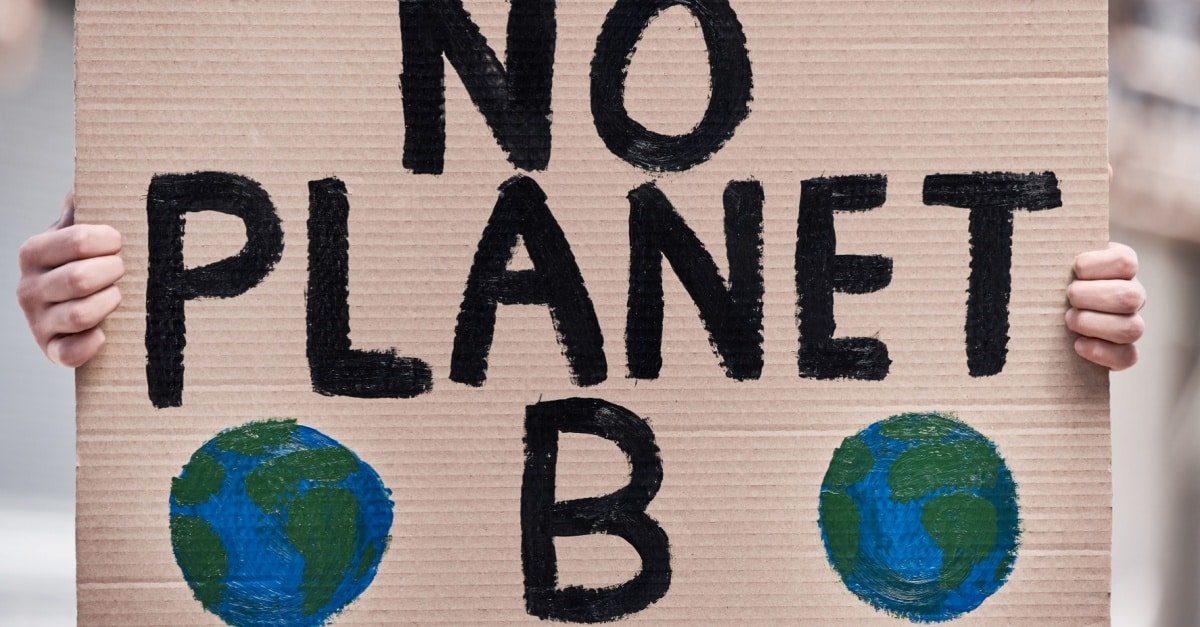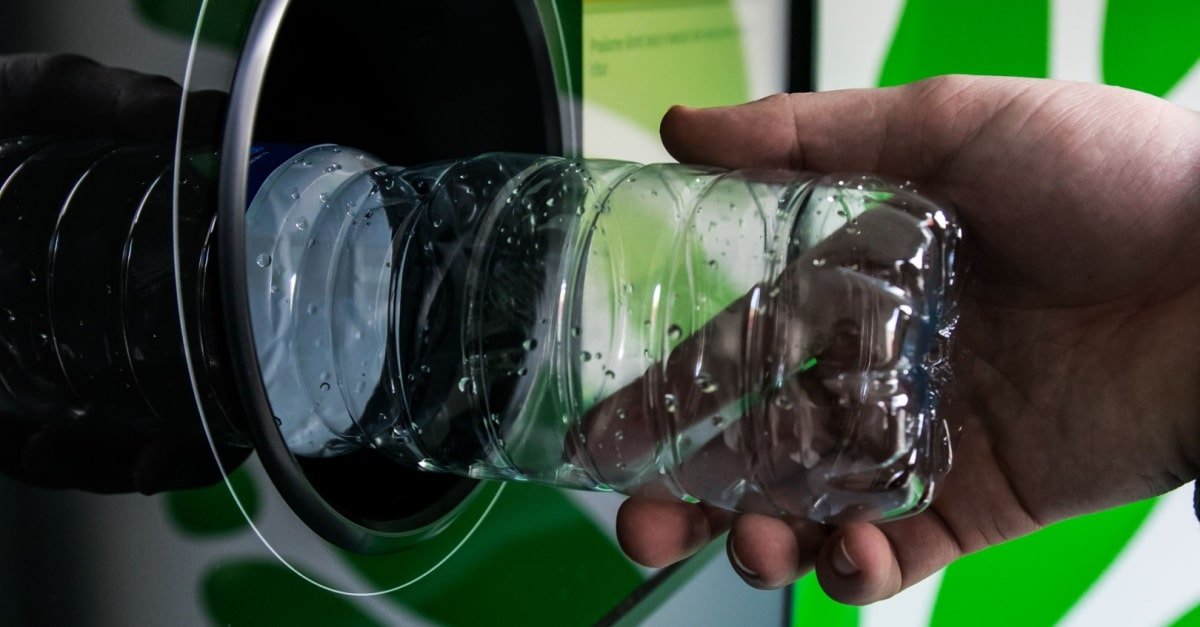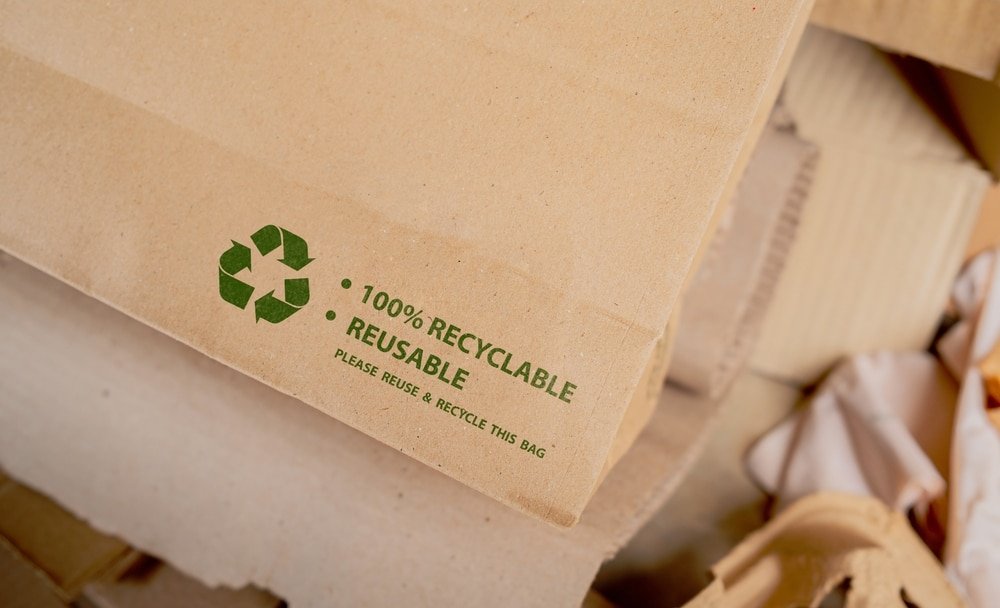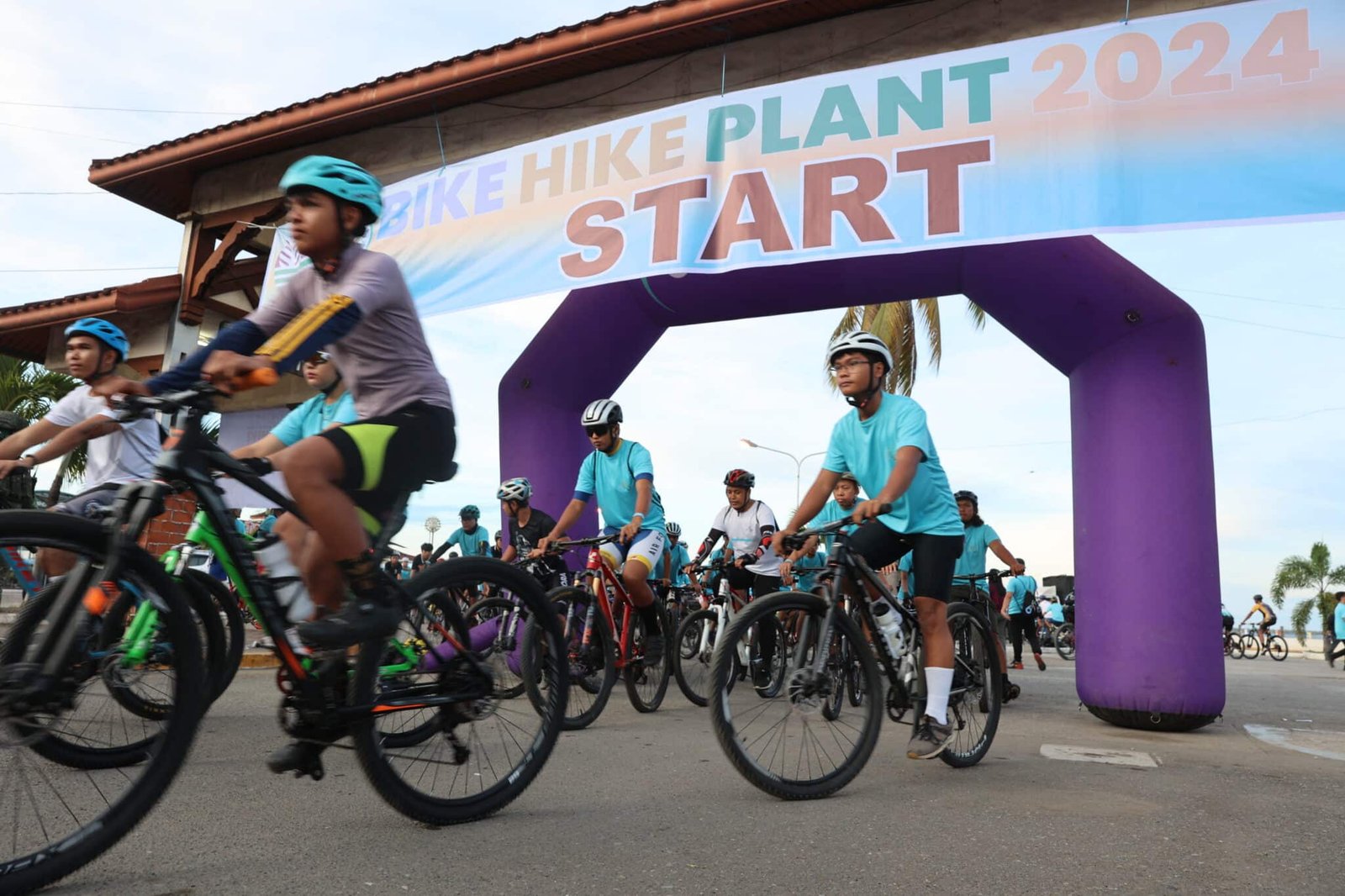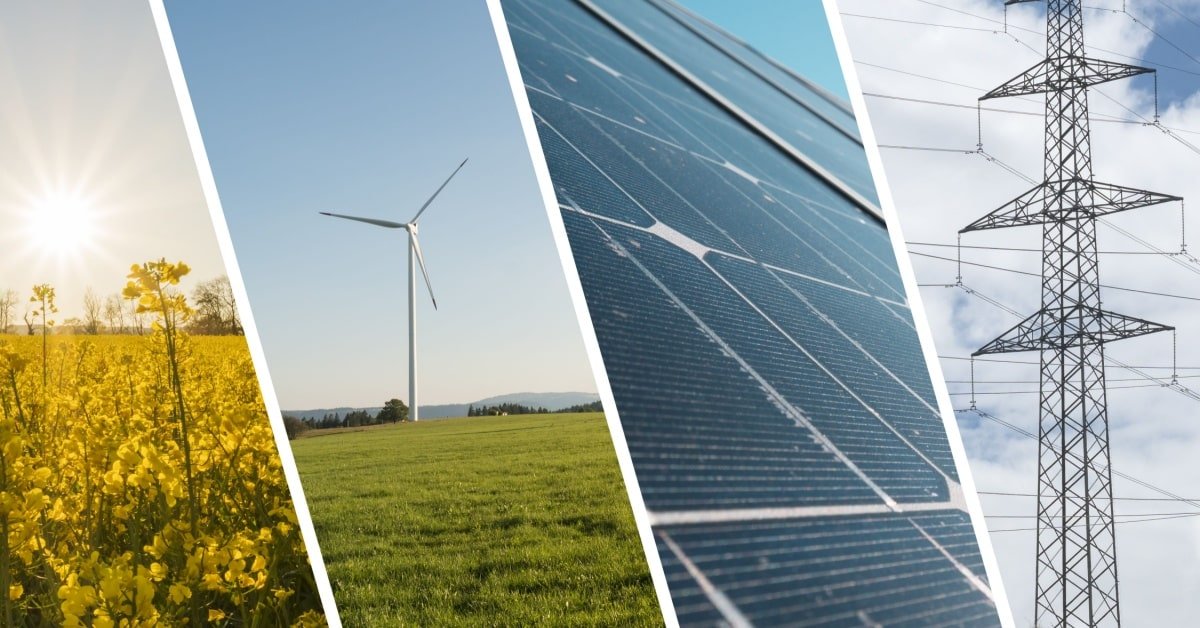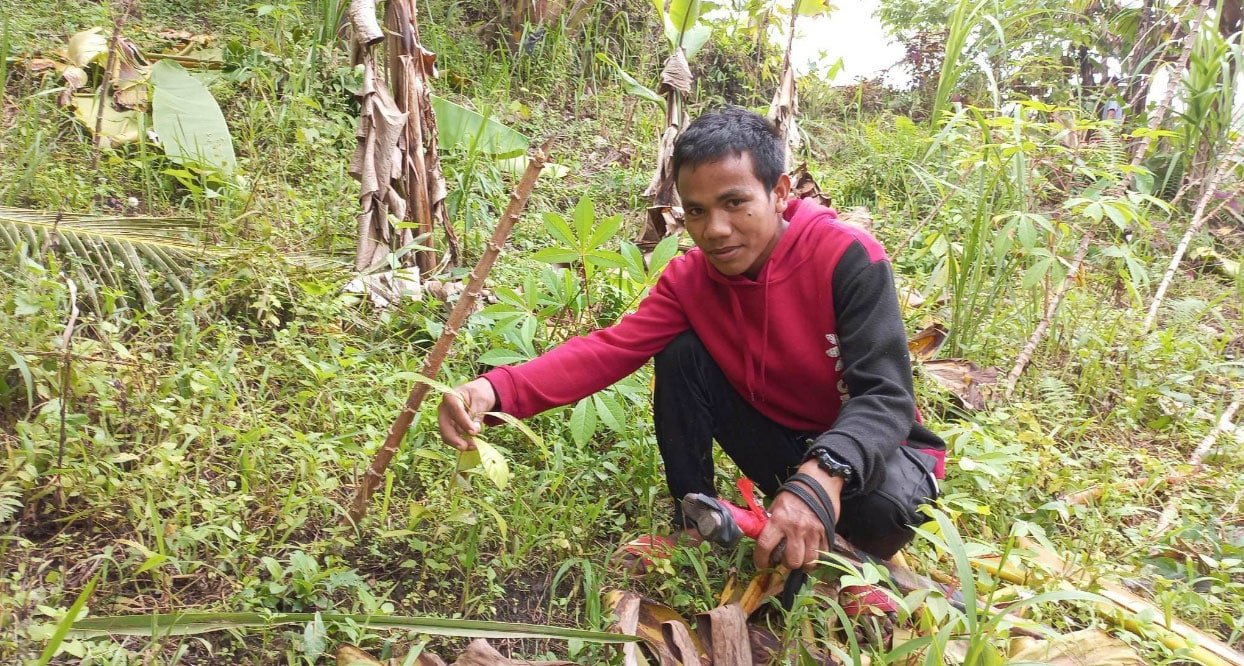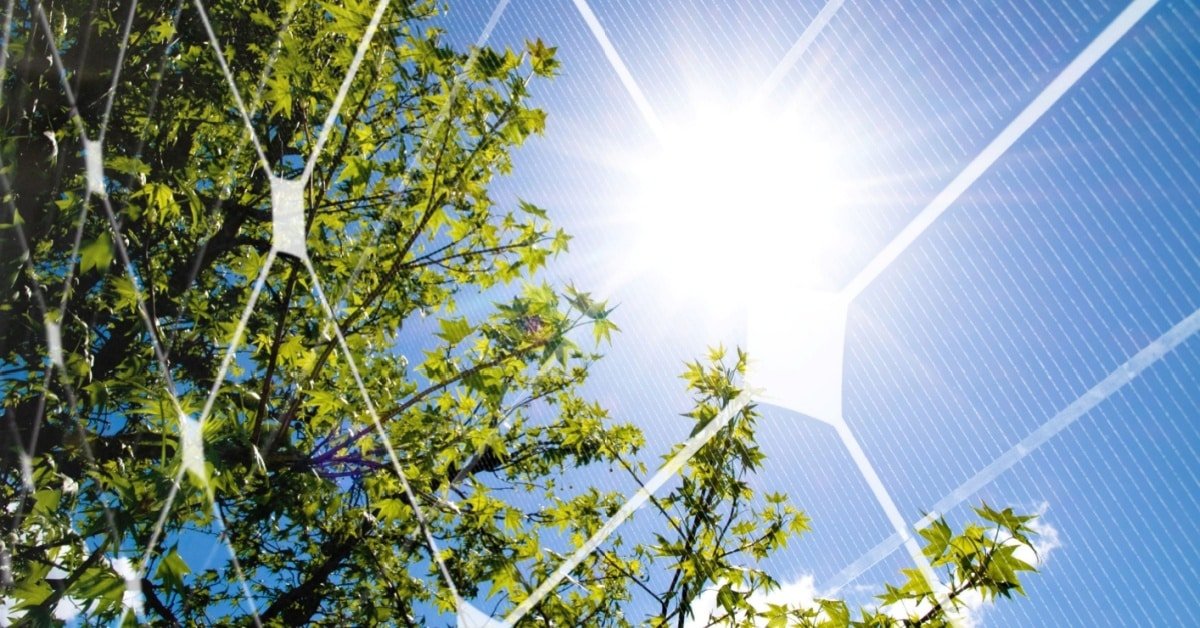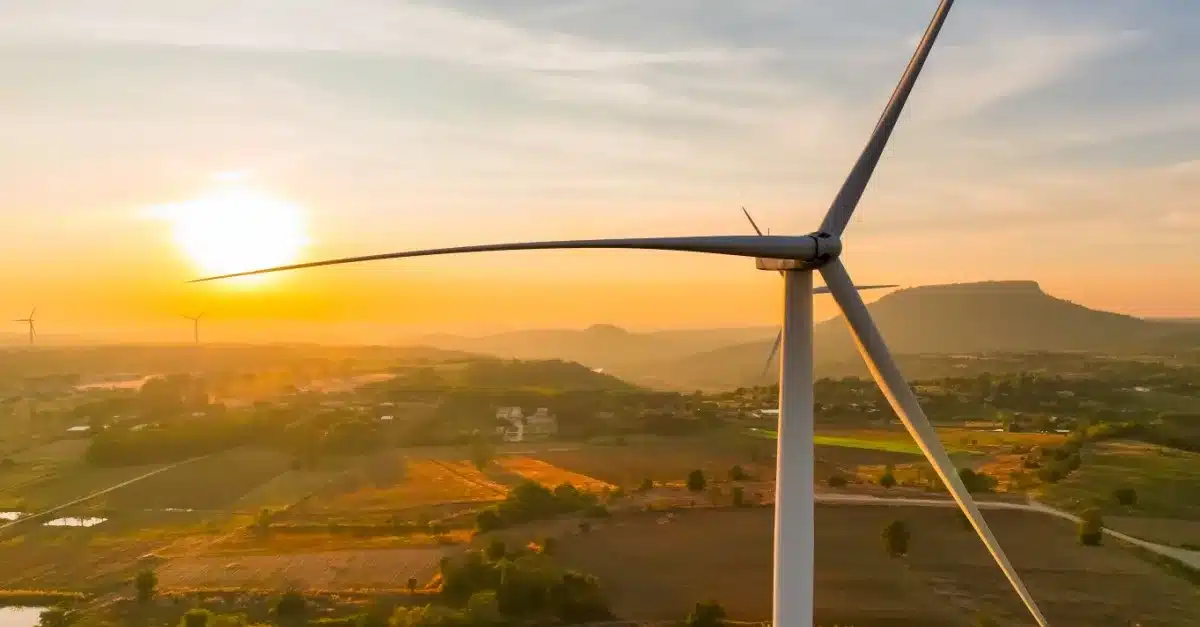
Table of Contents
Renewables have overtaken coal as the world’s largest source of electricity for the first time, according to energy think tank Ember. In the first half of 2025, global solar generation rose by 31% while wind output increased by nearly 8%, pushing renewable power ahead of coal.
Despite this record-breaking shift, experts caution that such progress alone will not keep global warming below 1.5°C. A joint report by the International Renewable Energy Agency, the COP30 Brazilian Presidency, and the Global Renewables Alliance found that global progress on renewable energy (RE) remained slow. The groups urged all countries, including those in the EU, to accelerate efforts to meet RE targets.
The report showed that global renewable capacity grew by 582 gigawatts (GW) last year—a 15.1% rise from 2023. However, the pace remains insufficient to meet the COP28 goal of tripling renewables to 11.2 terawatts (TW) by 2030. At the current rate, capacity would reach only 10.3 TW by decade’s end.
United Nations (UN) Secretary-General António Guterres called the global shift to RE “unstoppable” but said that countries must accelerate the transition. “The window to keep the 1.5℃ limit within reach is rapidly closing,” he warned.
EU energy front-runners under pressure
RE is widely regarded as a win-win solution — helping save the planet, creating jobs, lowering energy costs, and strengthening economies, making it an appealing path for countries to embrace the green transition.
However, global RE leaders, particularly in the EU, are now grappling with economic setbacks that threaten to derail their clean energy shift.
The Netherlands’ bold renewable push has come at a cost. As solar panels now cover more than a third of Dutch homes and wind farms multiply across the North Sea, the national grid is struggling to keep pace. The influx of electricity from these sources has overloaded local power lines, triggering outages and stalling industrial expansion. Analysts describe the situation as a “gridlock” born of underinvestment in transmission systems, warning that billions in upgrades will be needed to stabilize the network and sustain the country’s RE ambitions.
After the UK shut down its last coal plant in 2024, the nation entered a coal-free era. However, falling nuclear output and costly gas dependence have strained its energy security. Efforts to expand offshore wind have faltered, with developers pulling back over rising costs and weak government incentives. Solar projects are also facing years-long grid connection delays due to outdated infrastructure and mounting demand. Weighed down by economic pressures, the government has since slowed key climate policies, signaling a more cautious, pragmatic path in its clean energy transition.
Spain’s rapid embrace of RE has exposed cracks in its power system. In April 2025, a major blackout swept across Spain and Portugal after voltage surges overwhelmed a grid increasingly reliant on solar and wind. Authorities traced the failure to insufficient backup capacity and weak grid stability, as renewables lack the inertia that conventional plants once provided. The economic strain is mounting, too—solar producers now face hours of zero or even negative prices when supply outpaces demand, forcing shutdowns.
Germany, once celebrated as an RE global model, is now confronting the hard realities of its ambitious transition. After pouring over €500 billion into wind and solar and achieving 60 GW of solar and 65 GW of wind capacity, the nation still suffered rolling blackouts and a 400% surge in power prices between 2022 and 2023. Experts now warn that Germany’s experience underscores the need to reassess the practicality of a fully renewable system and to prioritize investment in reliable backup and storage solutions.
In a Euronews article, electricity trade among European member states of the Organization for Economic Co-operation and Development (OECD) was reported to have surged over the past two decades.
Countries with abundant hydroelectric or nuclear capacity, such as Sweden, Norway, and France, have become major exporters, while those with a high share of intermittent renewables often depend on imports when wind or sunlight is low.
Germany, which had been a net exporter for nearly twenty years, became a net importer in 2023 and remained so in 2024, underscoring how RE’s variability can leave even advanced economies vulnerable to supply imbalances.
(Also read: Electrifying Basilan: How Reliable Energy Can Unlock Economic Growth)
Legacy fuels’ continuing role in energy stability
BusinessWorld columnist Bienvenido Oplas challenged Ember’s claim that RE has overtaken coal as the world’s top power source, stating that “This is not true.”
He noted that in 2024, coal generation reached 10,613 terawatt-hours (TWh), more than double the 4,623 TWh produced by wind and solar combined. Coal still accounted for 34% of global electricity output, compared to just 15% from wind and solar. “There is no way that wind and solar can overtake coal,” he asserted.
Supporting this view, the BBC cited Ember’s acknowledgment that wealthier economies, including the US and members of the EU, have increased their reliance on fossil fuels in recent years. The International Energy Agency (IEA) also confirmed that coal remained the world’s dominant source of electricity in 2024, a position it has maintained for more than fifty years.
When wind and hydropower generation declined in Germany, the country turned to coal and imported electricity to stabilize supply. This shift led to an 18% increase in coal use and nearly a 14% rise in gas generation, driving fossil fuels to their highest share of Germany’s energy mix since 2018.
In the Philippines, Oplas highlighted the value of inter-island power exchange, similar to the energy trading systems in the EU. He reported that last September, electricity flowed from Luzon to Visayas about 86% of the time and from Mindanao to Visayas 92% of the time. The Visayas grid has been drawing power almost continuously, while demand in Luzon and Mindanao continues to climb.
Within the region, coal-powered Cebu and Panay supply surplus electricity to Negros, which relies mainly on solar, much like the renewable-dependent EU nations that depend on neighboring grids to secure their supply.
(Also read: Off-Grid Power Spike Hits Vulnerable Communities)
Climate change & economic growth
Considering the setbacks seen across EU nations, the push to further accelerate renewable adoption appears overly optimistic. For political scientist Bjorn Lomborg, it is also economically unviable.
In his paper, “Welfare in the 21st century: Increasing development, reducing inequality, the impact of climate change, and the cost of climate policies”, Lomborg argued that implementing climate policies often costs more than the benefits they deliver. “The Paris Agreement, if fully implemented, will cost $819–$1,890 billion per year in 2030, yet will reduce emissions by just 1% of what is needed to limit average global temperature rise to 1.5°C,” he highlighted.
Instead, Lomborg suggests focusing on adaptation to help communities withstand climate impacts. According to the Asian Development Bank (ADB), the Asia-Pacific region is confronting a staggering shortfall in climate adaptation financing. Between 2023 and 2030, the region will require as much as $431 billion annually, yet only about $34 billion was committed in 2022. Lomborg said that even minimal adaptation could cut damages by 88%, while realistic adaptation efforts would reduce the costs even further.
Because many nations cannot afford the RE challenges experienced by EU countries, Lomborg supports the Intergovernmental Panel on Climate Change’s (IPCC) Shared Socioeconomic Pathway 5 (SSP5). This scenario envisions a fossil-fuel-driven world marked by rapid economic growth and high emissions, with the author noting that “the higher economic growth in SSP5 actually leads to much greater welfare for humanity.”
After accounting for climate-related losses, Lomborg wrote that “SSP5 will on average leave grandchildren of today’s poor $48,000 better off every year. It will reduce poverty by 26 million each year until 2050, inequality will be lower, and more than 80 million premature deaths will be avoided.”
While Lomborg recognized climate change as a serious long-term threat, he warned that overly aggressive or costly climate measures could cause greater harm. “The evidence also manifestly alerts us to the danger that we end up with too ambitious and overly costly climate policies, and a general outlook that puts the world on a growth path that will deliver dramatically less welfare, especially for the world’s poorest,” he said.
For the Philippines’ still emerging economy, whose global emissions footprint was only 0.5% in 2022 compared with China’s 29.2% and Indonesia’s 2.3%, a rapid RE transition appears even more untenable.
A Daily Tribune editorial noted that the Netherlands plans to invest about $235 billion in upgrading its power grid, primarily by installing new transmission lines through 2050.
“For a developing nation like the Philippines to be forced to get into the expensive grid adjustment would be nothing less than criminal,” the editorial stated. “While enormous resources are lost to the corrupt practices of its government leaders, the shift to RE threatens to add roadblocks to development through unnecessary expenses.”
Sources:
https://tribune.net.ph/2025/10/01/slow-but-sure-shift
https://tribune.net.ph/2025/10/20/plunderous-folly
https://www.ft.com/content/b155d922-288a-4bb8-b207-a9f49bb645c7
https://ember-energy.org/latest-insights/the-uks-journey-to-a-coal-power-phase-out
https://business.inquirer.net/422289/uk-leader-sunak-delays-ban-on-new-gas-diesel-cars-by-5-years
https://www.bbc.com/news/articles/cx2rz08en2po
https://www.iea.org/data-and-statistics/data-tools/monthly-electricity-statistics
https://www.sciencedirect.com/science/article/pii/S0040162520304157
https://www.ft.com/content/980b037b-05ed-44f6-9bd3-8fbe5a216e10


